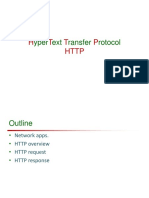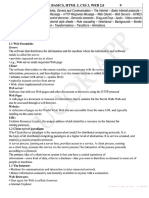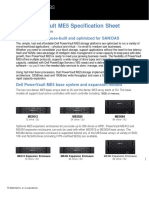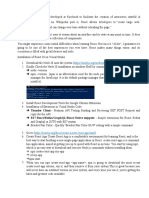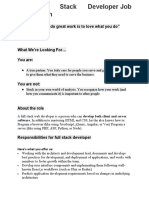0% found this document useful (0 votes)
9 views67 pages02 HTTP
The document provides an overview of the Hypertext Transfer Protocol (HTTP), detailing its function as a communication protocol between web servers and client browsers. It covers key concepts such as HTTP messages, methods, headers, and the stateless nature of HTTP, along with the use of cookies for session management. Additionally, it discusses the structure of URLs, HTTP transactions, and the various response status codes associated with HTTP requests.
Uploaded by
mhbhmaniCopyright
© © All Rights Reserved
We take content rights seriously. If you suspect this is your content, claim it here.
Available Formats
Download as PDF, TXT or read online on Scribd
0% found this document useful (0 votes)
9 views67 pages02 HTTP
The document provides an overview of the Hypertext Transfer Protocol (HTTP), detailing its function as a communication protocol between web servers and client browsers. It covers key concepts such as HTTP messages, methods, headers, and the stateless nature of HTTP, along with the use of cookies for session management. Additionally, it discusses the structure of URLs, HTTP transactions, and the various response status codes associated with HTTP requests.
Uploaded by
mhbhmaniCopyright
© © All Rights Reserved
We take content rights seriously. If you suspect this is your content, claim it here.
Available Formats
Download as PDF, TXT or read online on Scribd
/ 67















